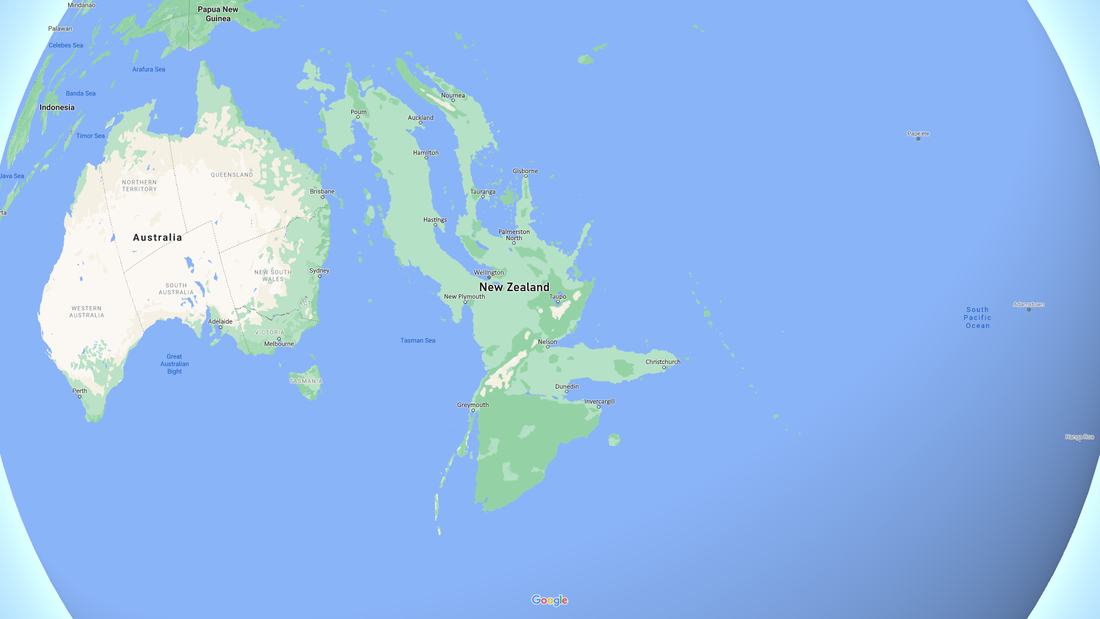
UQ Researchers Unsheath Bulky Secret Continent In Toe-Curling Detail
Share
The boundaries of Zealandia, a submerged "lost continent" that hosts New Zealand and the territory of New Caledonia in the South Pacific, are being drawn by a new ocean-mapping expedition.
New Zealand and New Caledonia are the only remnants of continental crust that was once part of the supercontinent Gondwana, after breaking away more than 79 million years ago. With an area of 5 million square kilometres, it's the largest continental fragment detached from a larger continent, approximately six times bigger than the next-largest fragment, the microcontinent of Madagascar.
New Zealand, also known by the Maori name Te Riu-a-Mui, has been given continental status since 2017. Since then, scientists have been attempting to map this lost continent, which is near impossible due to the 94% underwater area.
The University of Queensland's Derya Gürer and her colleagues have helped to collect new data on the northwestern edge of Zealandia, which is located offshore in Queensland's Coral Sea Marine Park. For 28 days the researchers explored the region on board the Falkor, mapping 37,000 square km.

"Our expedition collected seafloor topographic and magnetic data to gain a better understanding of how the narrow connection between the Tasman and Coral Seas in the Cato Trough region — the narrow corridor between Australia and Zealandia — was formed," Gürer said in a university statement you can read here.
The region where the Australia plate meets the Zealandia plate may be very complicated, Gürer said, with many submerged microcontinents there. These submerged microcontinents likely occurred when Australia broke free from Gondwana, the supercontinent that included South America, Africa, Antarctica, Australia, Zealandia, Arabia, and the Indian subcontinent. Unlike the surrounding oceanic crust, which is denser and thinner these submerged continental fragments are found near the seafloor.
In collaboration with the Schmidt Ocean Institute, the mapping was part of the Seafloor to Seabirds expedition. The mapping data also feeds into a larger project, the Seabed 2030 initiative, which aims to create a publicly available, comprehensive map of the ocean floor by 2030. The National Oceanic and Atmospheric Administration (NOAA) estimates that less than 10% of the seafloor has been mapped by modern sonar methods, which uses sound to determine undersea topography.

In addition to collecting data on the topography, the Seafloor to Seabird expedition collected data on the intensity of the magnetic field across the area. This data will allow researchers to reconstruct the breakup of Gondwana as crusts within the ocean and continental regions have different mineral concentrations and magnetic signatures. "The seafloor is full of clues for understanding the complex geologic history of both the Australian and Zealandian continental plates," Gürer said.
#Space_Aus





